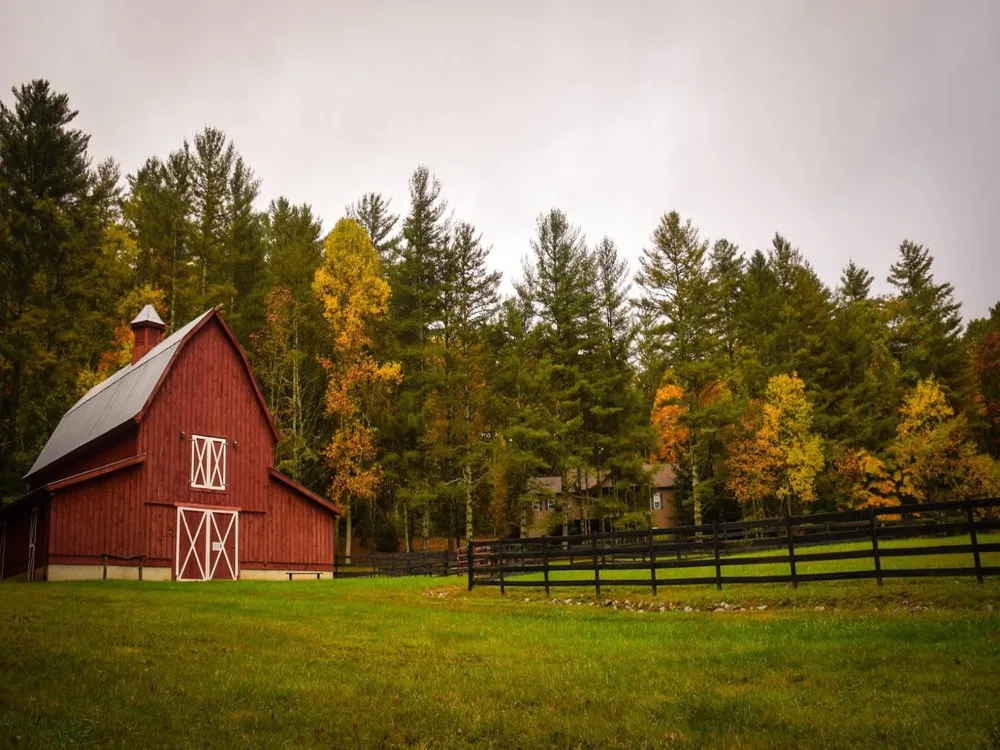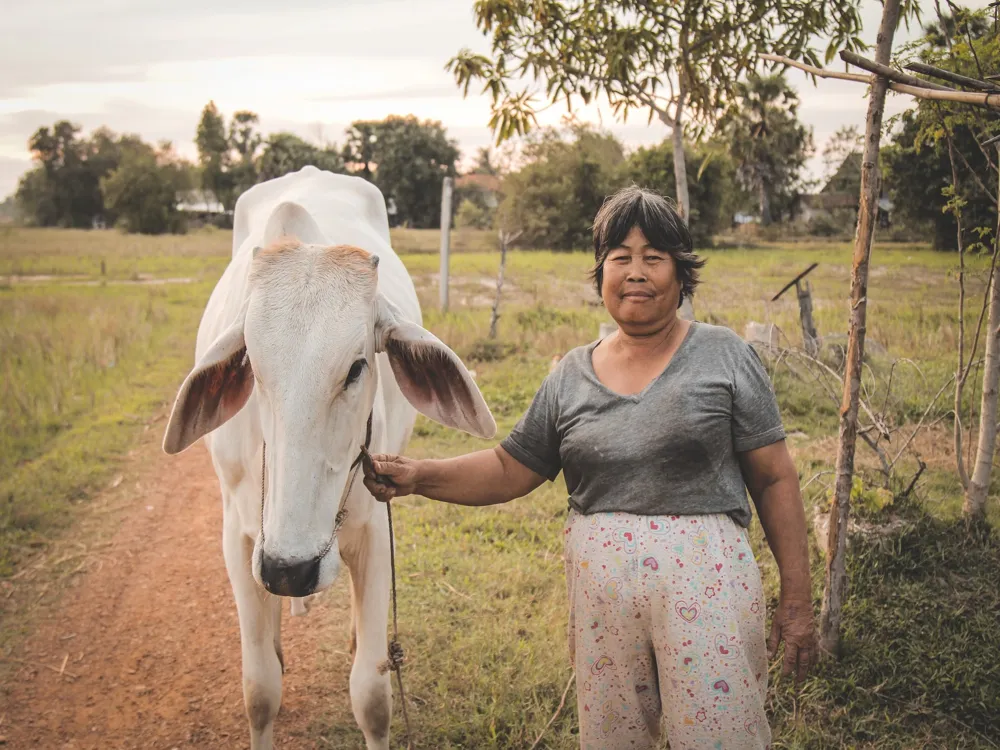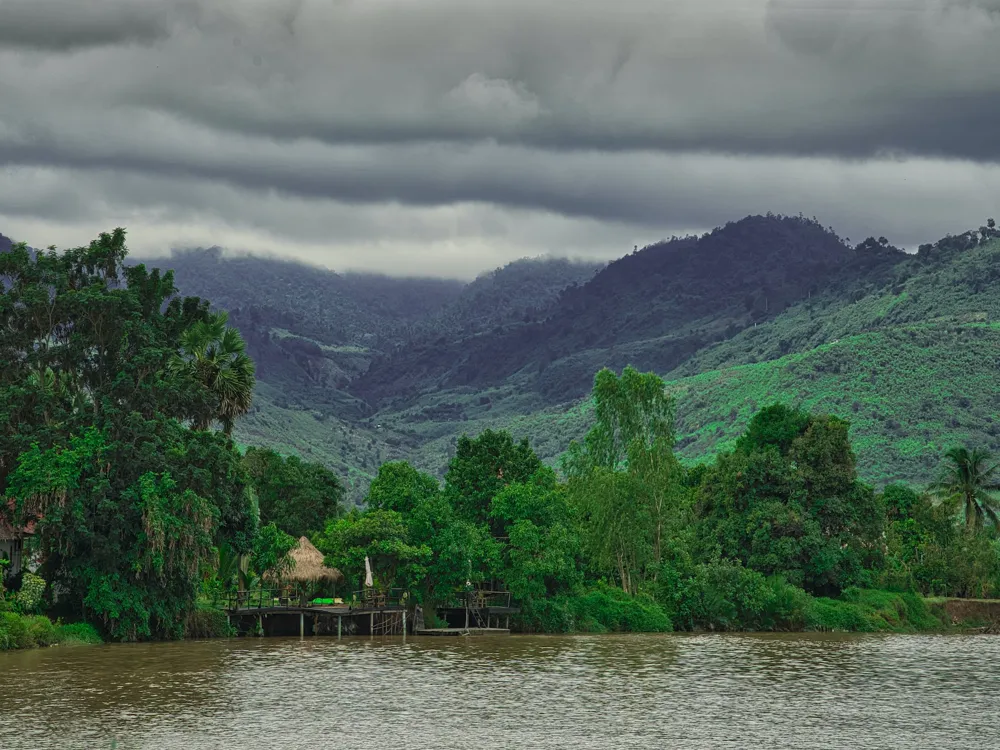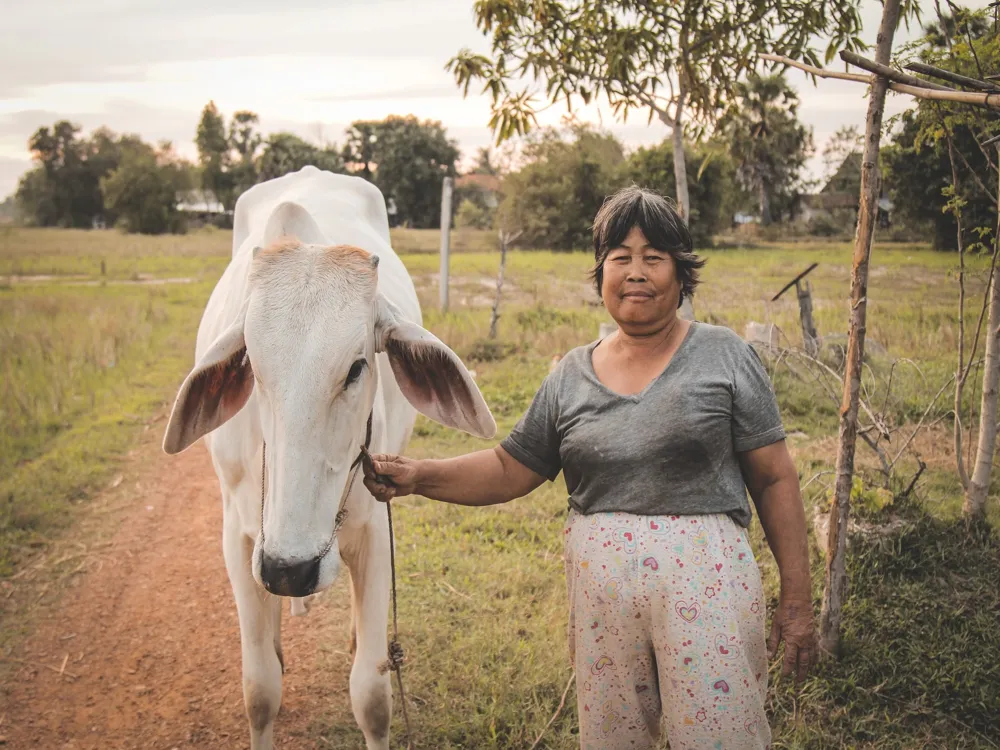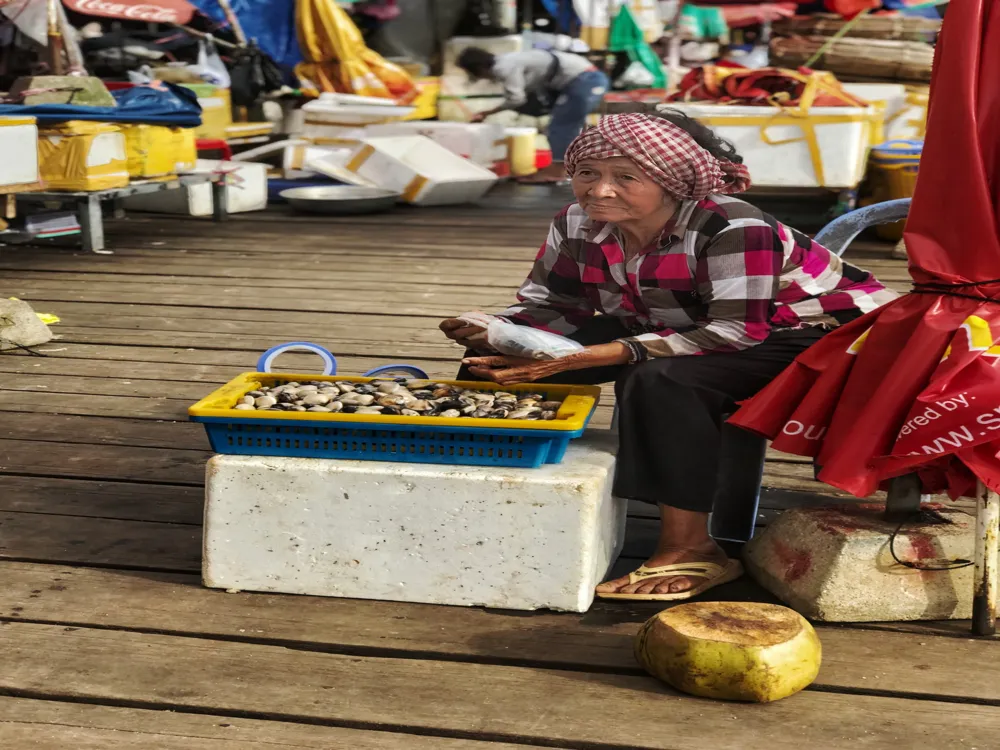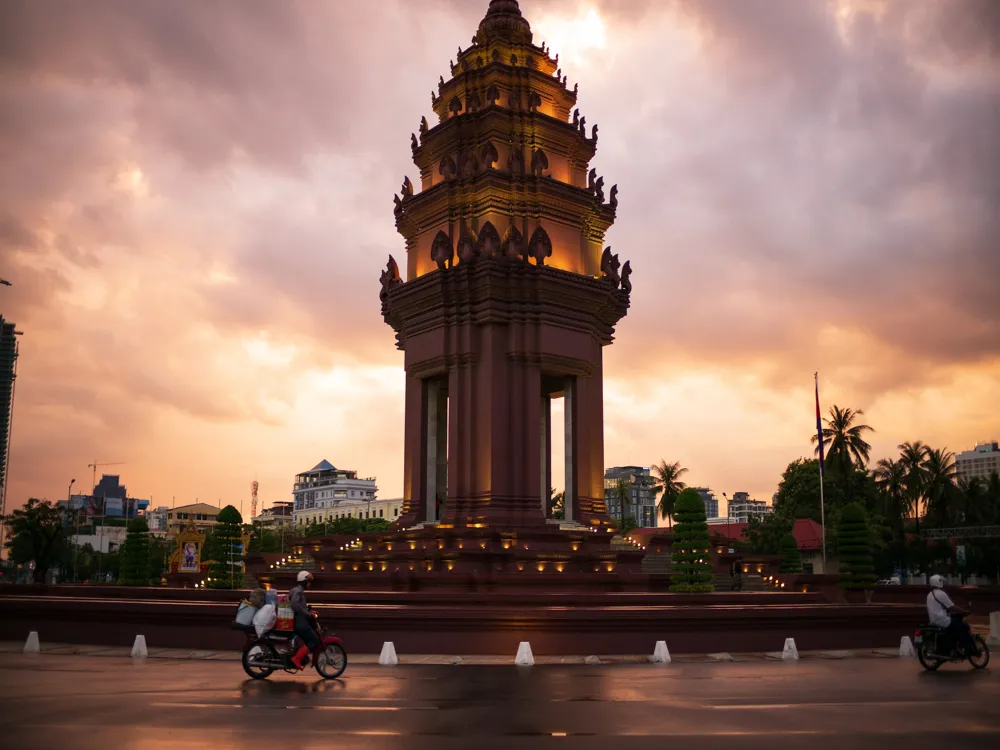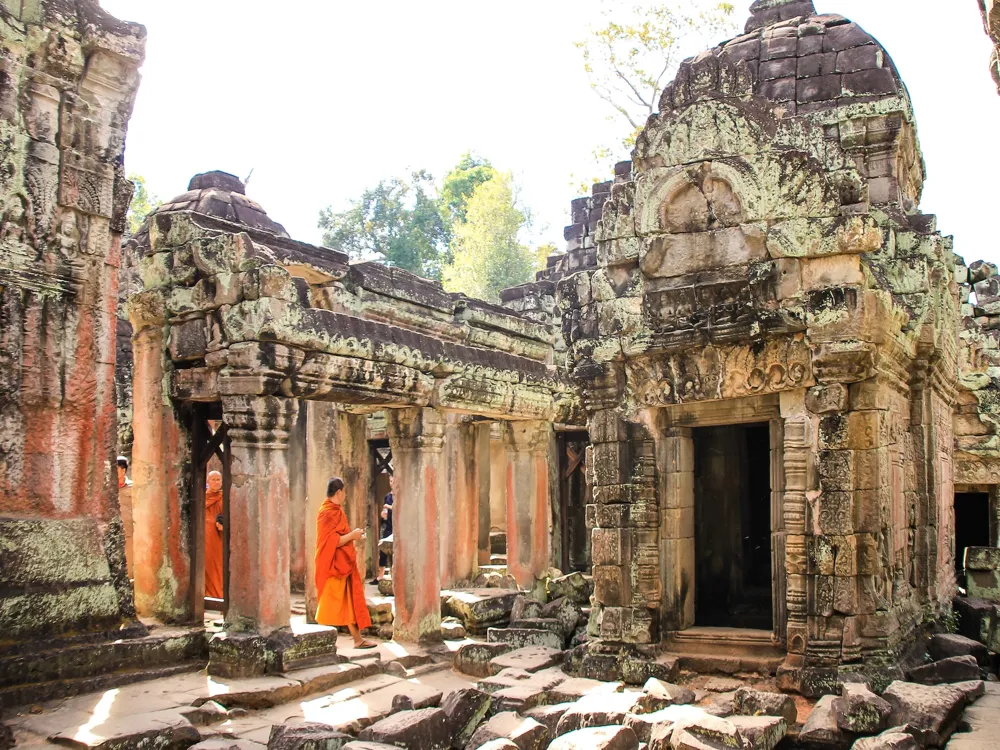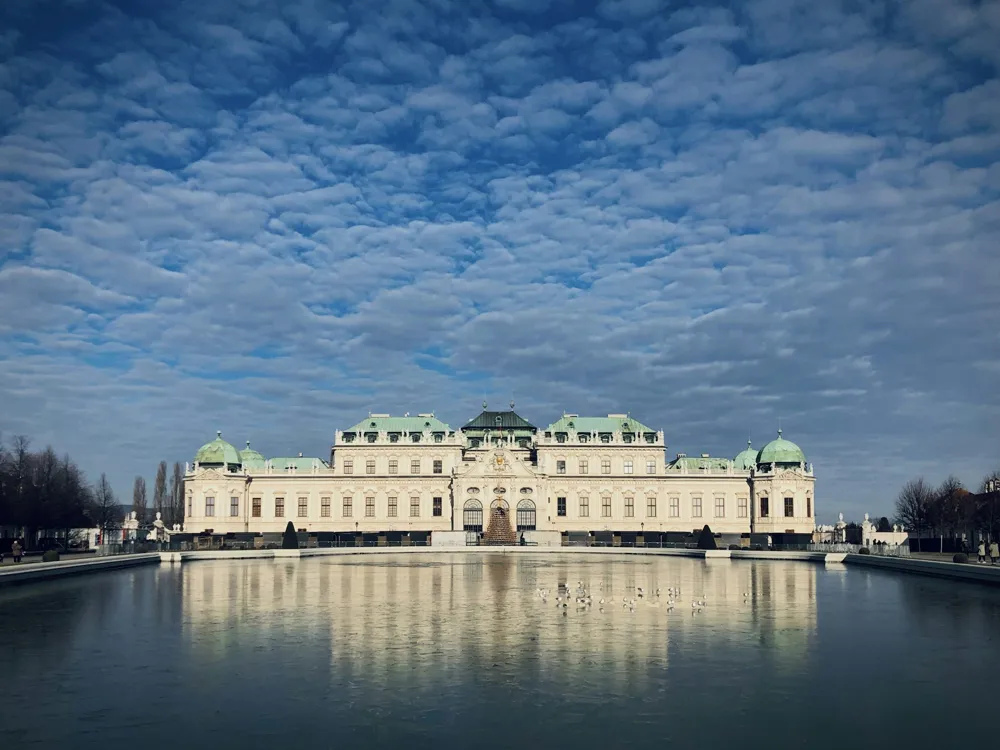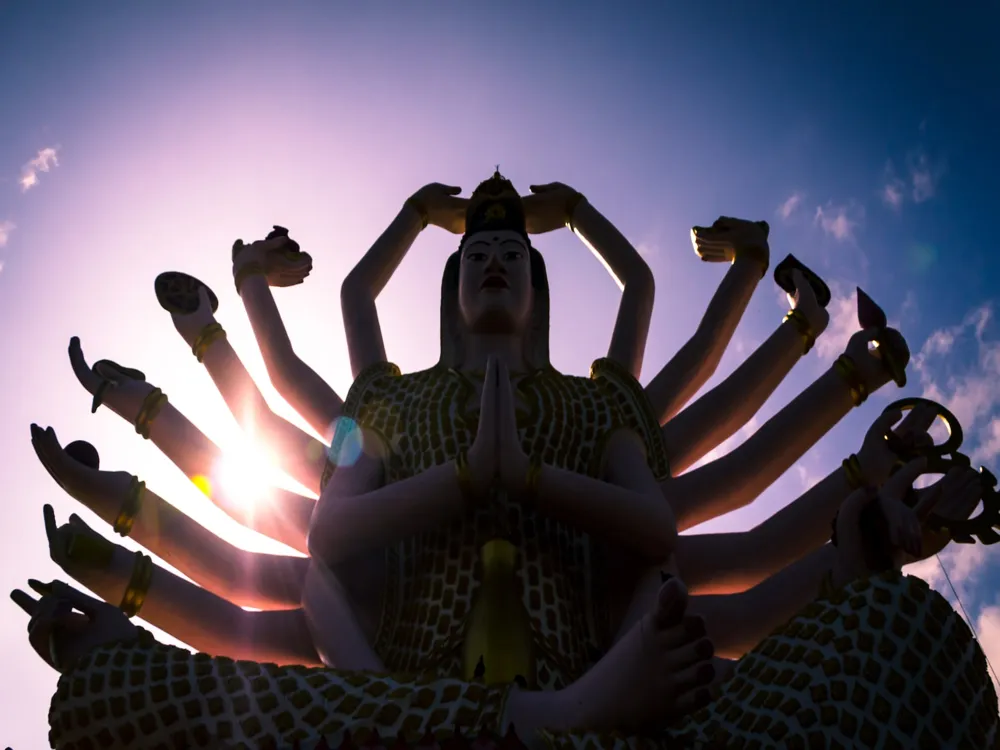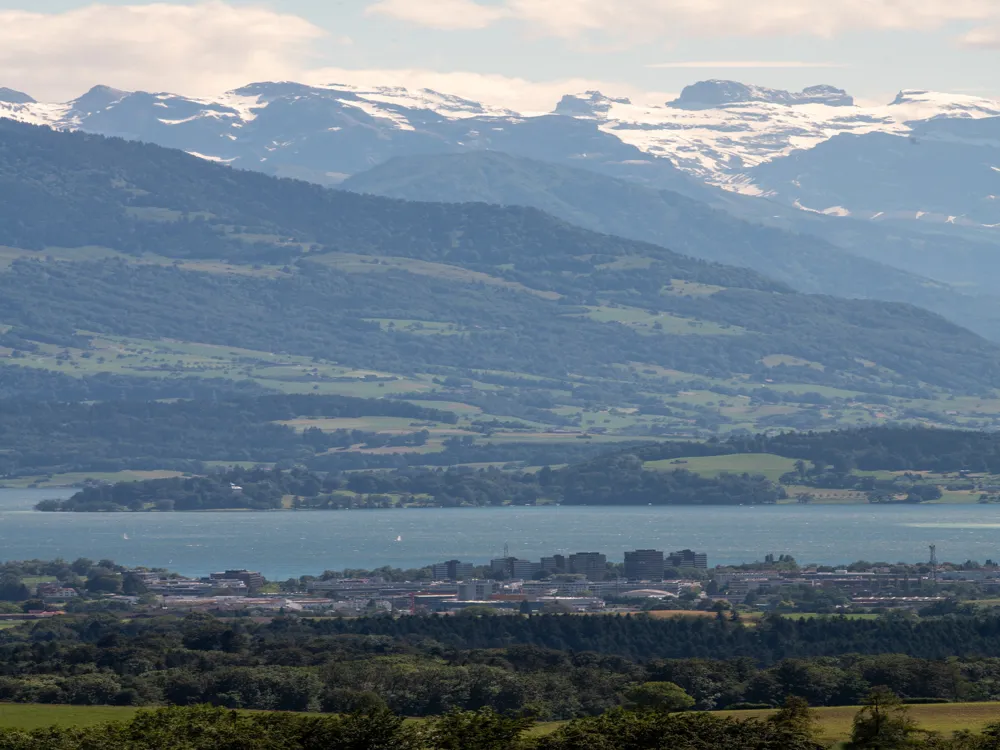The charming city of Kampot, located in southern Cambodia, is renowned for its captivating markets that offer an authentic slice of local life. These bustling hubs are not just trade places but are cultural melting pots, brimming with a rich tapestry of sights, sounds, and aromas. Kampot Markets, a collective term for several markets in the area, including the famous Central Market and the vibrant Night Market, provides an insightful glimpse into the daily lives of the residents and the unique products of the region. At the heart of Kampot's trade and commerce, these markets are where locals and tourists alike converge. From fresh produce to handmade crafts, the markets are teeming with an array of goods. The fresh fruits and vegetables, often locally sourced, showcase Kampot's agricultural richness, particularly its famed Kampot pepper, which has gained international recognition. Besides groceries, these markets are also home to a variety of stalls selling clothes, electronics, and household items, making them a one-stop shop for everyday needs. The Kampot Markets are not only about shopping; they are a vibrant showcase of Cambodian culture. Here, one can witness the art of local craftsmanship, taste traditional Khmer cuisine, and immerse in the lively atmosphere that reflects the spirit of Cambodia. The interaction between vendors and customers, the bargaining, and the exchange of stories add to the market's dynamic environment, making it a must-visit destination for anyone keen on experiencing the true essence of Kampot. The architecture of Kampot Markets is a fascinating blend of historical influences and practical design, reflecting the rich history and cultural diversity of Kampot. The most notable is the Central Market, a remarkable structure dating back to the French colonial era. Designed in the Art Deco style, the Central Market is a testament to the fusion of European architectural principles with local Cambodian aesthetics. The market's symmetrical layout, streamlined forms, and prominent central dome are characteristic of Art Deco, while the use of local materials and adaptation to the tropical climate showcase the ingenuity of Cambodian architecture. The Night Market, on the other hand, presents a more contemporary and functional design. With open-air stalls and temporary setups, it is designed to cater to the evening crowds, offering a more relaxed and informal shopping experience. The use of vibrant colors, lights, and makeshift canopies creates a festive atmosphere, inviting visitors to stroll, shop, and dine under the stars. Across these markets, the architecture serves more than just an aesthetic purpose; it is an integral part of the market's functionality. The layout is meticulously planned to accommodate the flow of people and goods, ensuring ease of movement and interaction. Ventilation and natural lighting are also key considerations, making the shopping experience comfortable despite the tropical heat. The blend of historical charm and practical design makes the architecture of Kampot Markets not just visually appealing but also culturally significant, adding depth to the overall market experience. Early morning is the best time to visit Kampot Markets for the freshest produce and fewer crowds. The Night Market, however, comes alive in the evening, offering a different experience with food stalls and live entertainment. Bargaining is common in Kampot Markets. Start by offering a lower price than quoted, but do so respectfully. Understanding a bit of Khmer language can help negotiate better deals. Don't miss the opportunity to try local dishes and snacks at the markets. Look for stalls with high turnover for the freshest options, and don't hesitate to ask locals for recommendations. While exploring, be mindful of local customs and traditions. Dress modestly, ask for permission before taking photos, and always show respect to the vendors and fellow shoppers. Kampot Markets are easily accessible by various modes of transportation. Visitors can opt for tuk-tuks, a popular and affordable choice for getting around the city. For those preferring more independence, renting a motorbike or bicycle is a great way to explore at one's own pace. For international travelers, the nearest airport is in Sihanoukville, from where one can take a bus or taxi to Kampot. Once in Kampot, the markets are centrally located and can be reached on foot from many parts of the city. Read More: Overview of Kampot Markets
Architecture of Kampot Markets
Tips When Visiting Kampot Markets
Best Time to Visit
Bargaining Tips
Local Cuisine Sampling
Respecting Local Culture
How To Reach Kampot Markets
Kampot Markets
Kampot
NaN onwards
View kampot Packages
Weather :
Tags : Shopping
Time Required : 3 to 4 hours
Entry Fee : Free entry
Planning a Trip? Ask Your Question
Kampot Travel Packages
View All Packages For Kampot
Top Hotel Collections for Kampot

Private Pool

Luxury Hotels

5-Star Hotels

Pet Friendly
Top Hotels Near Kampot
Other Top Ranking Places In Kampot
View All Places To Visit In kampot
View kampot Packages
Weather :
Tags : Shopping
Time Required : 3 to 4 hours
Entry Fee : Free entry
Planning a Trip? Ask Your Question
Kampot Travel Packages
View All Packages For Kampot
Top Hotel Collections for Kampot

Private Pool

Luxury Hotels

5-Star Hotels

Pet Friendly









